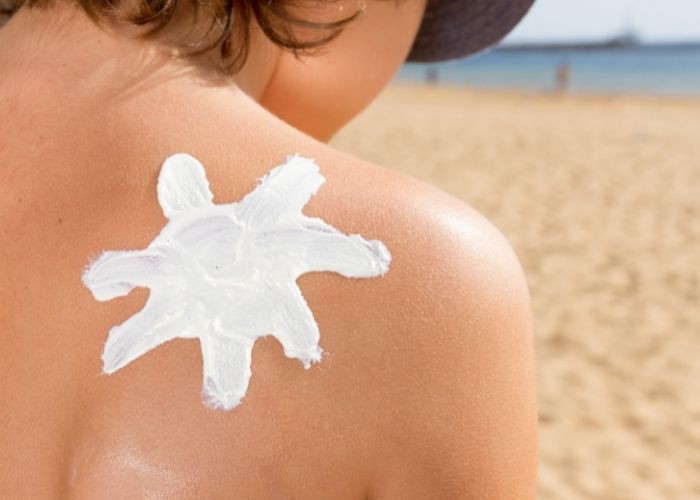Because children spend a lot of time outdoors, they get most of their lifetime sun exposure in the first 18 years of their lives.
Studies have shown that blistering sunburn in childhood can double the risk of developing melanoma in later life. Therefore, as a parent, being a good role model, setting a good example, and teaching them from an early age, the ABCs about how they can protect themselves from the sun is very important for a healthy and happy childhood.
The ABC of sun exposure
A = AWAY Advise your child to stay out of the sun as much as possible and play in the shade during the middle of the day (10 am – 4 pm) when the sun is strongest.
B = BLOCK Teach your child how to apply sunscreen correctly, and advise them of the importance of re-applying regularly (especially if they are in and out of the swimming pool)
C = COVER Explain to your child that hats, sunglasses, and clothing can also help to protect against the sun´s harmful UV rays.
Good habits
By the time your child starts nursery or school, they will already be in the habit of protecting themselves in the sun. It is a good idea to check if your nursery has a policy regarding time spent outdoors and sunscreen application whilst in their care. However, most will ask you to send your child to nursery with a hat, sunglasses, and sunscreen. This will help reinforce sun-safe practices at nursery as well as at home.
Outdoor play
Thankfully, many of the nurseries now provide a shaded area for outdoor play and also adopt the practice of “siesta” allowing the children some quiet time to rest and nap during the hottest part of the day.
If your child is of school age, don’t forget they may be outdoors during certain classes, during breaks, and lunchtimes. Give your child a hat to wear on the way to school, and be sure to pop some sunscreen in their school bag.
REMEMBER YOU CAN BURN EVEN WHEN IT’S CLOUDY!


